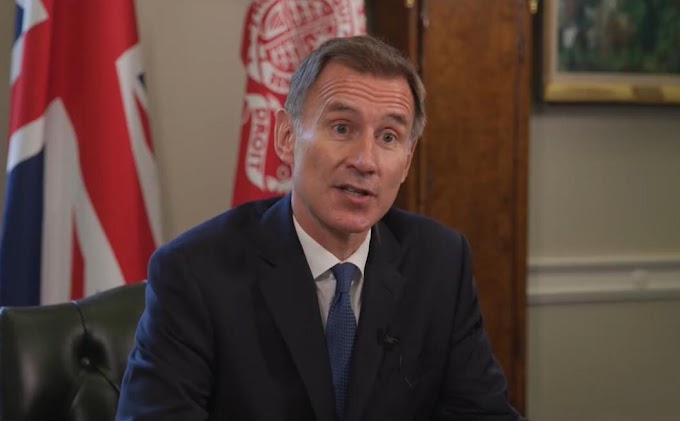After Russia quickly destroys roughly a third of the nation's power plants, civilians will likely be the largest victims.
It is a dire caution. Although the repeated Russian bombardment of Kyiv and other major cities has drawn attention to the human deaths and mayhem it has caused, its effect on the nation's energy supplies has not yet been determined.
Astonishingly, 30% of the nation's power plants had been destroyed in just eight days, according to President Volodymyr Zelenskiy, who also noted that blackouts had been experienced in the capital's eastern suburbs.
Ukraine was formerly an energy exporter when it was connected to the European grid, in part because of its massive nuclear power plants. However, the president conceded earlier this month that the excess had vanished because the Russian-seized Zaporizhzhia factory had already been shut down.
Kyrylo Tymoshenko, the deputy director of the president's office, warned on national television on Thursday that Ukrainians must now be ready for "rolling blackouts" and that people must conserve energy. He continued that the nation needed to be ready for "a harsh winter."
Since months, Ukrainian politicians have issued warnings that Russia may target the energy grid as winter approaches and temperatures dip as low as -10°C or possibly -20°C. There may not be enough gas supplies in some frontline regions, like as Donbas, to heat the apartment buildings where so many people reside.
There have been covert measures made across the nation to guarantee that military and hospital facilities have backup generators. However, it will not be sufficient for civilians, and it is obvious that the circumstance - along with the dismal early success of the Russian policy - might make for a very challenging time.
As people try to flee the country in search of warmth, some experts have even expressed concern that there may be a new migratory crisis. A non-identifying international relief organization said that in addition to the 7.7 million who have already left, up to 2 million more could decide to do so.
On Tuesday, Ukraine said it thought Russia's new strategy was related to a peace offer made by Vladimir Putin at the end of September. However, Kyiv views that offer as an effort to stop the fighting so that Russia can regroup and stabilize the frontlines before the arrival of its next wave of conscripts.
Given these worries, it is understandable that Ben Wallace, the defense secretary, and James Cleverly, the foreign secretary, both of the United Kingdom, came to Washington to negotiate, among other things, a new military aid package for Ukraine that would concentrate on enhancing air defenses. The general secretary of NATO, Jens Stoltenberg, predicted that assistance might arrive within days.
Even though the Iranian-made Shahed-136 drones are believed to be of minimal value on the battlefield and approximately three-quarters of them get shot down, sufficiently do exist to have an impact on electricity production. Without a quick influx of fresh tools to combat them, issues could quickly get worse.
However, Kyiv has prioritized keeping the forces comfortable and supplied with electricity, as any challenges the Ukrainians encounter on the front lines are likely to be shared by the Russian invaders as well.
Since psychological effects are prioritized over battlefield success, this means that civilians - and civilian morale - will bear the brunt of the attack. However, it will almost certainly take much more than a cold, dark winter to dampen the general Ukrainian desire to fight against the Russian invaders.
However, if Russia succeeds in inciting a humanitarian crisis during the winter, it will cost Ukraine and its allies in the west more money. Attacks against power plants have been very successful, and this suggests that the future months will be difficult unless a quick military solution can be found.







This War is escalating to an unbearable level and needs to be resolved by every means possible. We pray for all civilians!
ReplyDelete